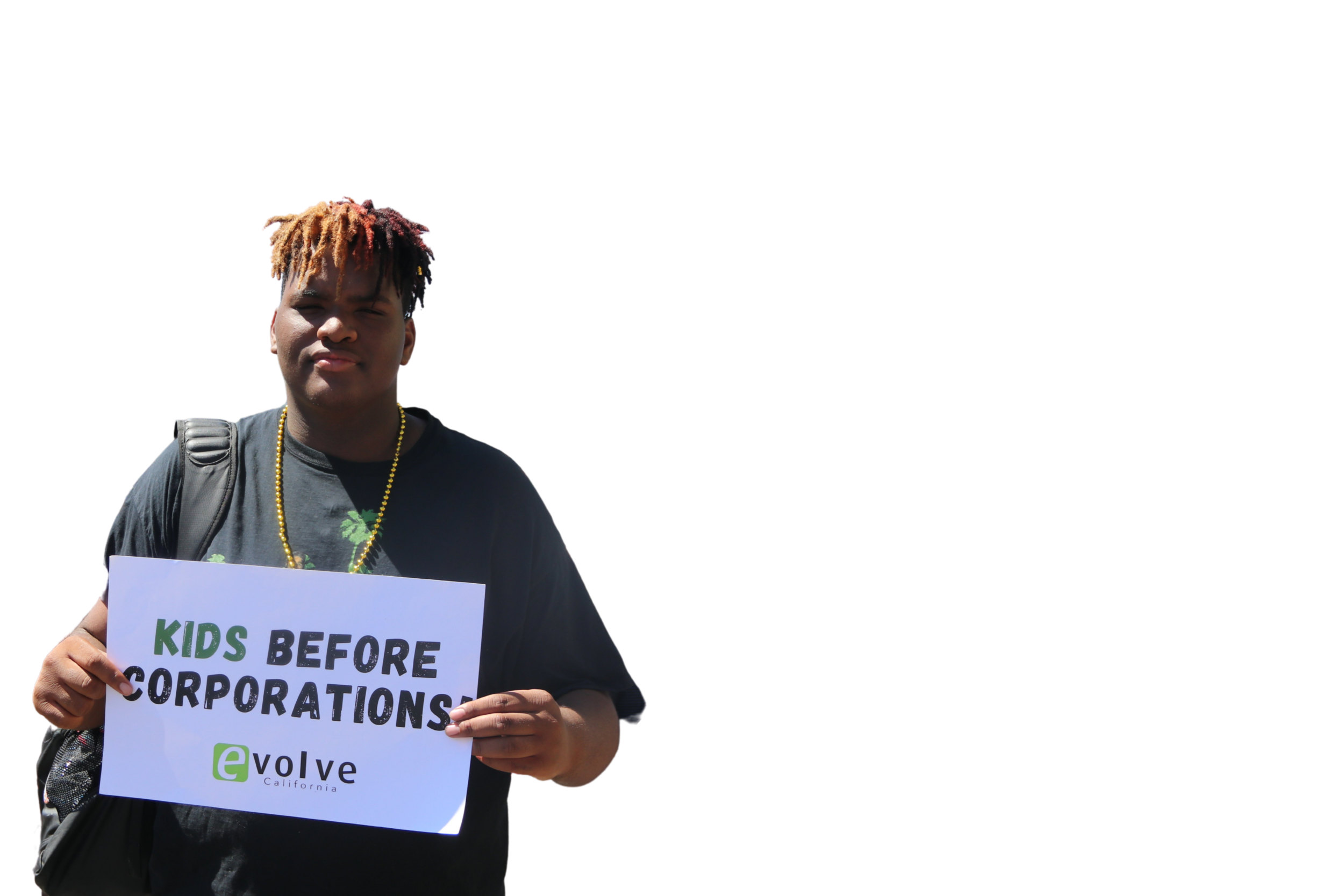
California’s Higher Education Crisis
California spends roughly as much on its prison system as it does on higher education.
Our higher education system is the largest in the nation. Consisting of UCs, CSUs, and community colleges, it teaches critical skills and professional training. Earning a secondary degree opens up a wealth of new opportunities, higher incomes and a better quality of life.
40 years ago, California designated 18% of its budget to higher education. Today it allocates just 11%. During this period, state funding per UC student fell from $23,000 to $13,650 (Source).
California higher education spending has increased by 1.7 times. In comparison, police funding has tripled and public health spending has quadrupled. By failing to fund higher education, we’re failing to give all Californians the opportunities they deserve.

Rising Tuition and the Student Debt Crisis
To make up for a lack of state funding, California’s universities have been forced to increase tuition.
In 1979 UC tuition was $2,200, adjusted for inflation. In-state students today pay over six times that amount — about $14,400.
Between 1985 and 2023, CSU tuition rose from $500, adjusted for inflation, to $5,742. This is a 1,148% increase.
As tuition has increased, so has student debt.
Since 2008, student loan debt for Californians has increased over 119%.
Currently 3,791,200 million Californians have outstanding student loans, collectively totaling $141.9 billion.
The average student loan borrower in California owes $37,428.
In 2018-19, 48% of California college graduates had student loan debt.
These barriers make higher education inaccessible, worsening racial and economic inequality in California.

California’s failure to invest in higher education is not only harming our young people, but it is also hurting our state. The biggest challenge for businesses in California is not regulations or taxes, it is finding qualified graduates to do the jobs the economy of the future needs.
California is on track to be short 1.1m skilled workers demanded by the economy by 2030.
Closing this skills gap will require the UC and CSU to award 730,000 bachelor’s degrees by 2030.
We need an urgent shift in priorities. We must build a statewide grassroots movement and demand that California fully funds higher education.
Join our people-powered movement to fully fund public education for all Californians.

